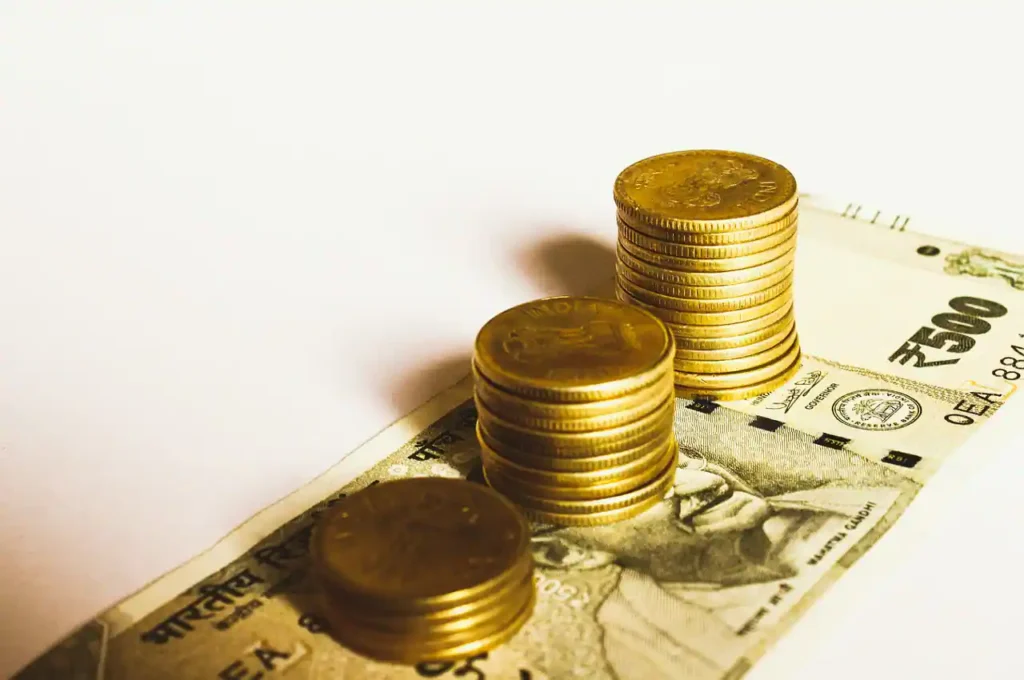Gold Jwellery vs Top Gold ETF 5-Year Returns; Investment Growth Analysis

Here we compares the investment returns of physical gold and gold exchange-traded funds (ETFs) over a five-year period, specifically focusing on a Rs 10 lakh investment. The analysis reveals which option has generated more wealth for investors, offering insights into the advantages and disadvantages of both forms of gold investment.
Key Points
- Investment Growth: Physical gold has increased significantly in value over the past five years, while top gold ETFs have also shown substantial returns.
- Physical Gold Characteristics: Physical gold is primarily used in jewelry, coins, and bars, with varying prices based on purity and regional demand.
- Gold ETFs Explained: Gold ETFs are market-traded funds that track the price of gold, offering a modern alternative to physical gold ownership.
- Performance Comparison: A Rs 10 lakh investment in physical gold has appreciated more than a similar investment in the top gold ETF over five years.
- Investment Considerations: While physical gold is seen as a hedge against inflation, gold ETFs provide flexibility and lower costs.
Detailed Breakdown
Physical Gold
- Usage and Forms: In India, physical gold is most commonly utilized in jewelry but is also available as coins, bars, and biscuits. The purity of gold can vary, with 22 carat and 24 carat being the most popular.
- Purchasing Locations: Physical gold can be bought from jewelry stores, banks, or merchants, with price variations depending on local demand, transportation costs, and pricing set by local jewelry associations.
- Inflation Hedge: Gold is traditionally viewed as a hedge against inflation, with historical data indicating that its price tends to rise over extended periods, despite short-term fluctuations.
Gold ETFs
- Definition and Functionality: Gold ETFs are mutual funds that can be traded on stock exchanges, designed to reflect the price of gold. Each unit of a gold ETF is equivalent to 1 gram of 99.5% pure gold.
- Investment Benefits: Investing in gold ETFs offers the ease of stock trading combined with the simplicity of gold investment. They feature low expense ratios and no entry or exit loads.
- Purchasing Process: Gold ETFs can be acquired through brokers or trading apps, requiring a demat account for transactions.
Important Details & Evidence
- Price Increase of Physical Gold: The price of 22-carat gold in Delhi rose from Rs 3,900 per gram in January 2020 to Rs 7,570 per gram by January 2025, marking an impressive increase of approximately 92.56%. Consequently, a Rs 10 lakh investment in physical gold has grown to an estimated Rs 19,25,600.
- Top Gold ETF Performance: The LIC MF Gold ETF has emerged as the top performer among gold ETFs, achieving a 14.83% compounded annual growth rate (CAGR) over five years. A Rs 10 lakh investment in this ETF has appreciated to approximately Rs 19,96,535.
Final Takeaways
Investors looking to grow their wealth through gold have two viable options: physical gold and gold ETFs. While both have demonstrated substantial returns over the past five years, physical gold has outperformed gold ETFs in terms of total returns on a Rs 10 lakh investment. However, gold ETFs offer advantages like ease of trading and lower costs, making them an attractive option for modern investors. Ultimately, the choice between physical gold and ETFs will depend on individual investment goals, risk tolerance, and preferences for managing assets.